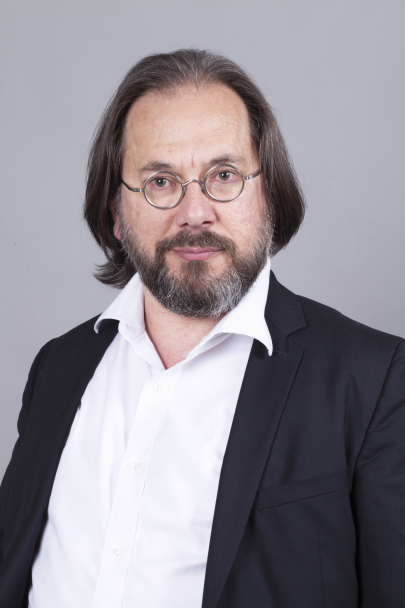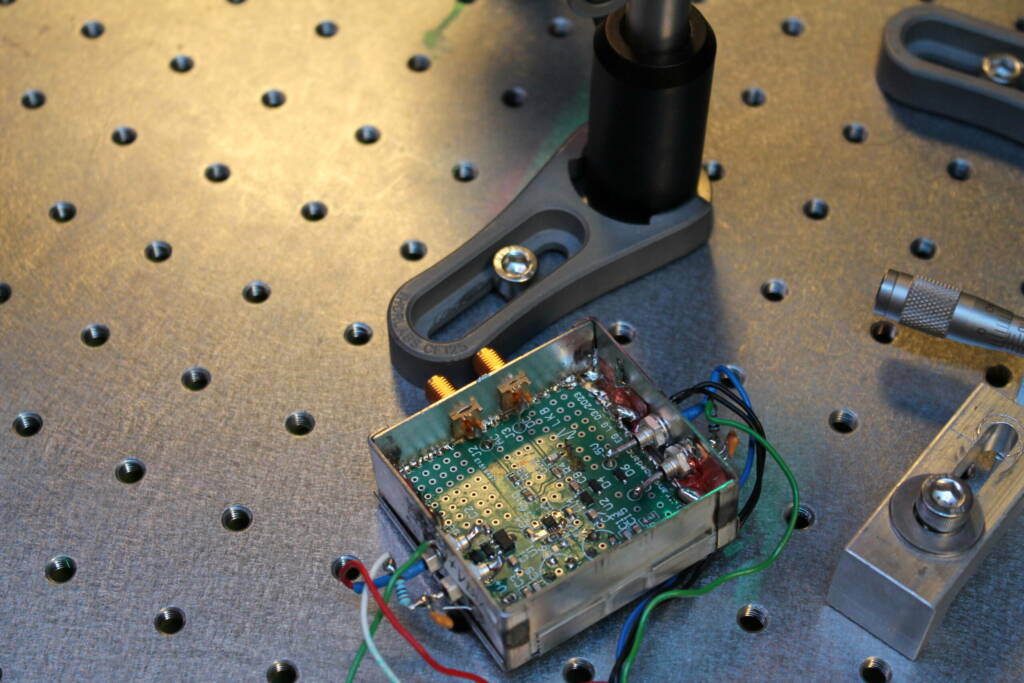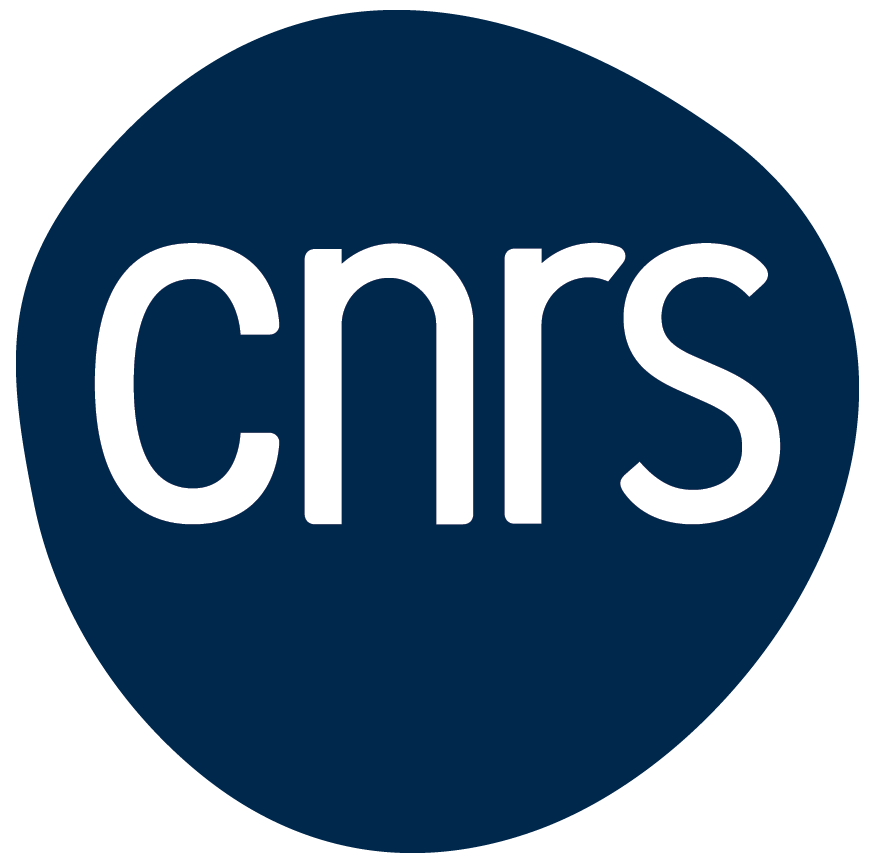- Home
- Laboratory
- Presentation
- News
- Jean-Michel Courty, one of the recipients of the first CNRS Medal for Scientific Mediation
Jean-Michel Courty, one of the recipients of the first CNRS Medal for Scientific Mediation
The CNRS Medal for Scientific Mediation rewards men and women, scientists or research support staff, for their actions, whether one-off or ongoing, personal or collective, to promote science in society.

Scientific mediation is based on individual or collective will to get involved in spreading scientific culture and promoting science among citizens. Since the transmission of knowledge is one of the CNRS missions, the CNRS has decided to recognize and value those who are involved in this process.
For this first year of the award, the CNRS is recognizing Jean-Michel Courty, professor at Sorbonne University and researcher at the LKB in the Quantum Fluctuations and Relativity team, as well as Audrey Dussutour, the ClimaTicTac collective, the Jean Rouch International Documentary Festival and the journalist Mathieu Vidard.
These medals were awarded on September 29, 2021 during the Forum of New Initiatives in Scientific Mediation in Paris.
Link to the press release: https://www.cnrs.fr/fr/le-cnrs-distingue-les-premiers-laureats-de-la-medaille-de-la-mediation-scientifique
Biography
Throughout his career, Jean-Michel Courty, a professor at Sorbonne University1 since 2003, has explored the many facets of the profession of teacher-researcher: producing new knowledge, transmitting knowledge, participating in the organization of university activities and widely disseminating scientific knowledge. A graduate of the Ecole Normale Supérieure, he joined the CNRS in 1990 at the Kastler Brossel laboratory2 where his research focused on quantum optics and the study of quantum fluctuations in light. Since January 2001, he and Édouard Kierlik have been writing the monthly column “Idées de Physique” in the magazine Pour la Science; the two physicists decipher the laws of physics through simple phenomena by embodying them in everyday objects. Their objectives: to act as “experts on questions without experts”, to contribute to the renewal of physics teaching, to get off the beaten track in popularizing physics and to disseminate a physics of proximity.
From 2007 to 2021, he was involved in scientific communication at the CNRS Institute of Physics (INP) – and more broadly at the institution. While Jean-Michel Courty acts in a professional and institutional context, within his university and the CNRS, he also acts in a personal context. When the Covid-19 pandemic was first confined, he and his wife Cécile launched their own YouTube channel, Merci la physique. Neither instructions nor physics lessons, he presents and explains experiments that can be reproduced at home with whatever you have at hand. In fact, Jean-Michel Courty’s activity of scientific mediation is a long-term one; it continues, seeks and reinvents itself again today for tomorrow and for everyone.
1 CNRS/Sorbonne University/ENS-PSL/Collège de France
Read also
CNRS Recruitment – Join the LKB
External Recruitment for Researchers (M/F)
Nathan Goldman is among the Highly Cited Researchers
Clarivate list



